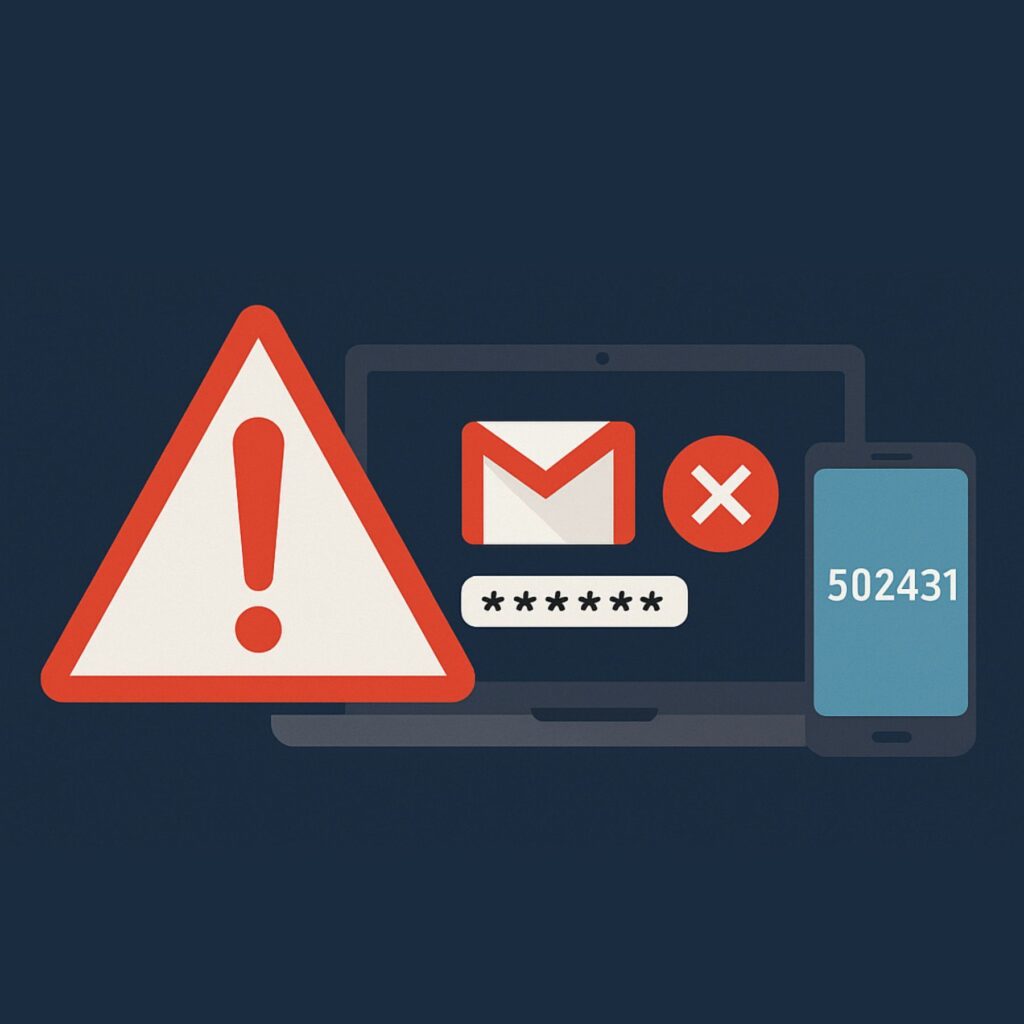Picture this: you’re in a team working on a new product and need to design a test plan for it. It’s the first time this product goes through any QA process, and automation isn’t a top priority. The Product Owner wants quality, and the team needs a way to assess if the app does what it’s supposed to do. So, what do you do? Manual Tests.
In this article, we’ll explore the best approach to tackle new functionality in an application.
First, You Need to Know the Product
Before writing any test or starting with manual tests, focus on getting to know the product. Understand the business rules and the goal of the app. Documentation can be useful, but if it’s lacking, meetings with the team can provide the crucial details that make or break the application. Get started by organizing a team meeting to dive into the product’s specifics.
Happy Path Tests
Start with the Happy Path: the steps a user is expected to take for a given functionality. This helps define variations in your tests. For example, testing the posting functionality on Instagram involves using a supported device and a standard photo. Ensure your Happy Path tests are thorough to cover the most common user scenarios.
Positive Tests
Deviating from the Happy Path, positive tests explore valid but less common scenarios. For Instagram, this could mean posting photos from the phone’s gallery app. These actions, while not the primary use case, should still be supported. Don’t overlook these scenarios—make sure your app handles them smoothly.
Negative Tests
Negative tests ensure the app handles invalid scenarios correctly. For Instagram, this could involve testing unsupported file types, large file sizes, or unusual aspect ratios. These tests check whether the app prevents or adjusts invalid inputs appropriately. Identify potential pitfalls and test against them to avoid unexpected issues.
Non-Functional Tests
After functional tests, dive into non-functional testing, which can go as deep as the team’s priorities and budget allow. Key types include:
Compatibility Testing
Check how the system behaves with different systems, such as various OS versions, browsers, and devices. Ensure the app works as expected on the devices your user base primarily uses. Cover all your bases by testing on the most popular platforms among your users.
Stress Testing
Test the robustness of the application under heavy load and sub-optimal conditions. Stress testing is crucial for mission-critical apps, ensuring they handle errors gracefully and maintain availability. Push your app to its limits to ensure it can handle anything users throw at it.
Take Action Now!
Don’t wait for issues to arise in production. Start implementing these manual testing strategies today to ensure your product meets the highest standards of quality and reliability.






